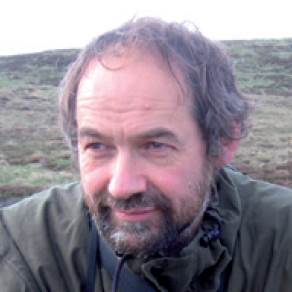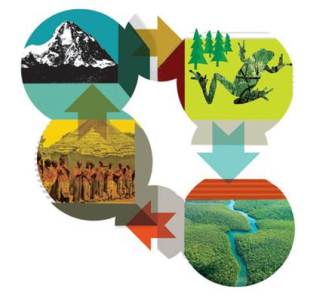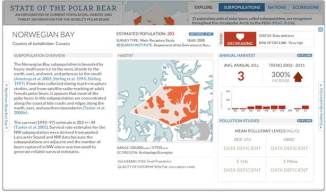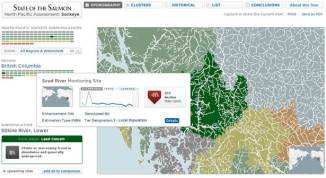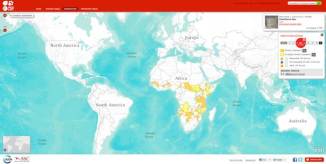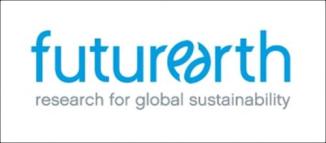Global assessments need to adopt more rigorous and focused processes for collation and review, says William J. Sutherland.
http://www.nature.com/polopoly_fs/1.14154!/menu/main/topColumns/topLeftColumn/pdf/503167a.pdf
This approach seems to have a range of advantages. It concentrates on the few crucial issues but presents them in a more transparent and rigorous manner that is likely to provide greater confidence and reduce the likelihood of errors. After the evidence is collated, it can be updated regularly to allow for quick reassessment (conversely, the IPCC assessment is repeated about every six years and is hugely expensive). With the bedrock of the evidence assembled and presented in a user-friendly way, the evidence on key issues can be continually collated and regularly assessed.

